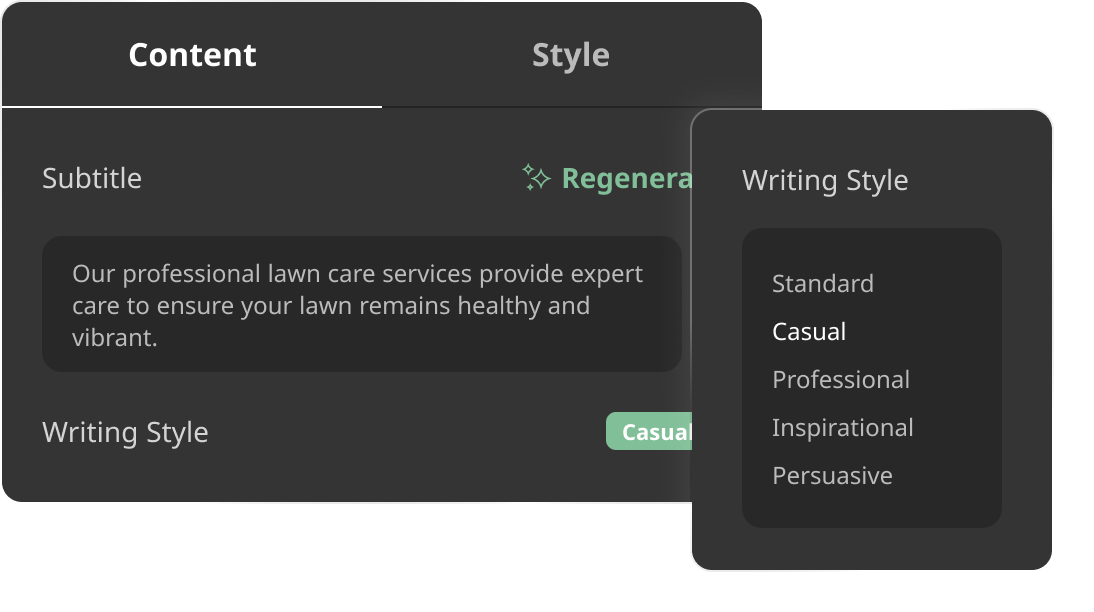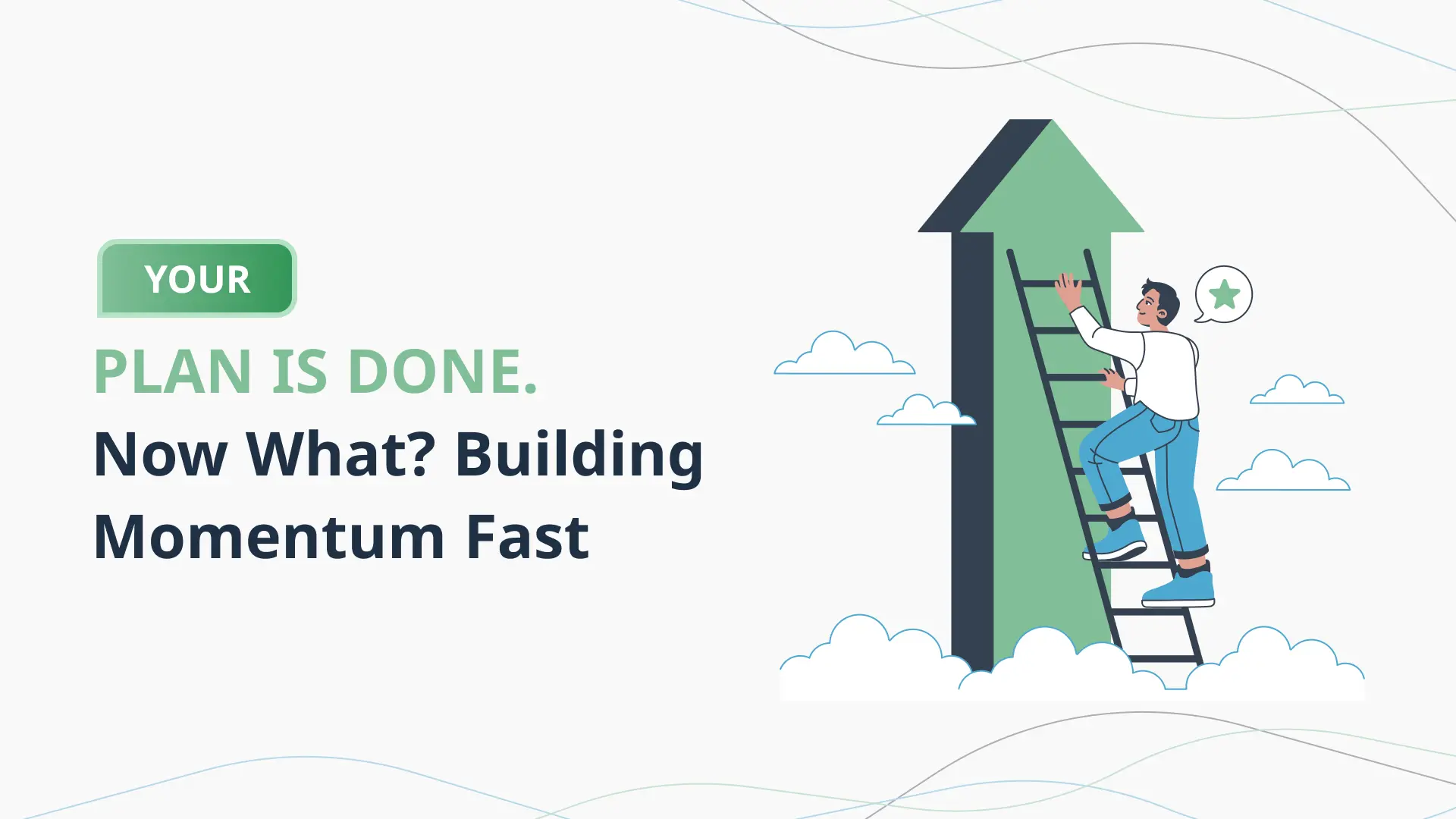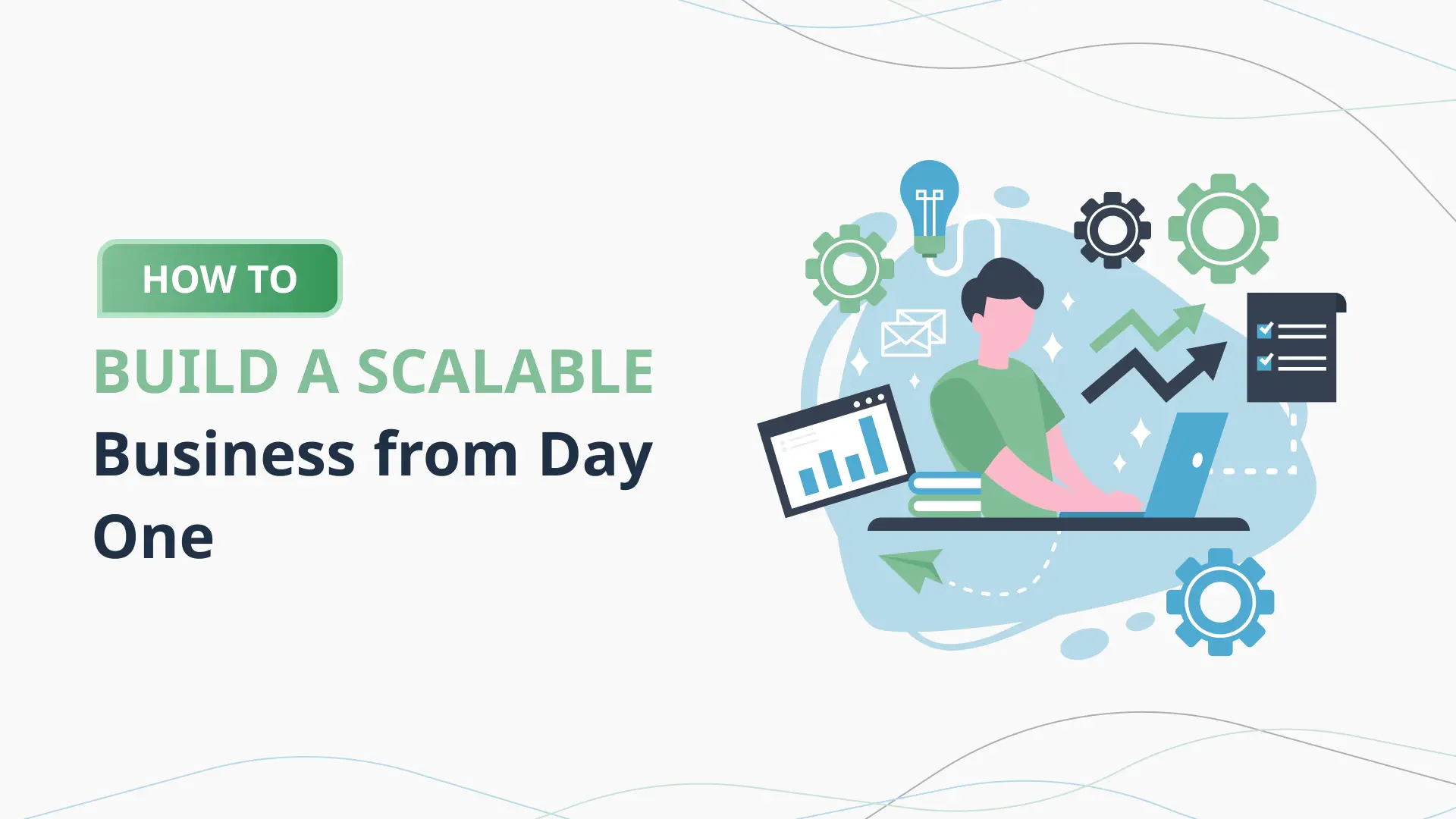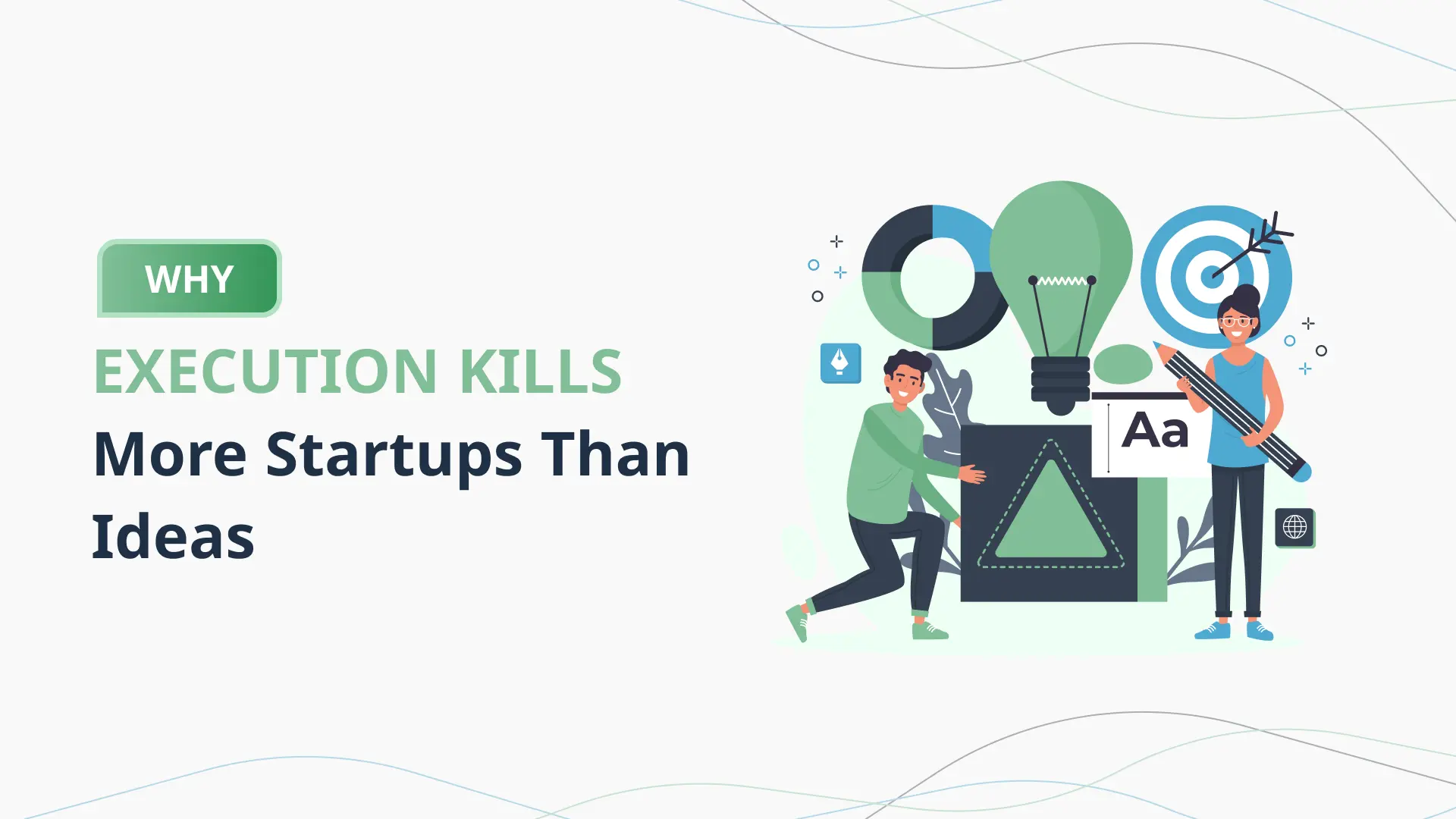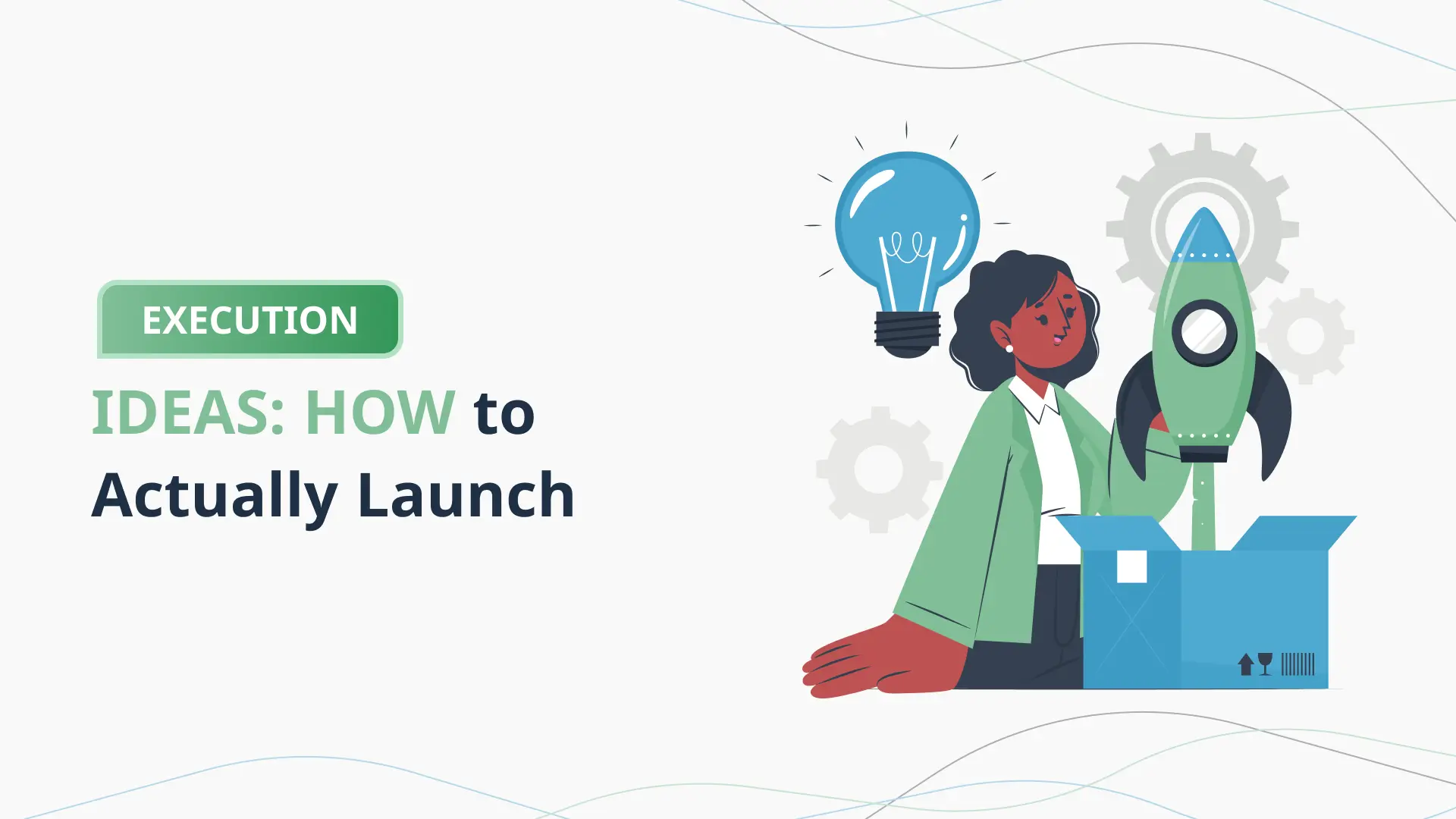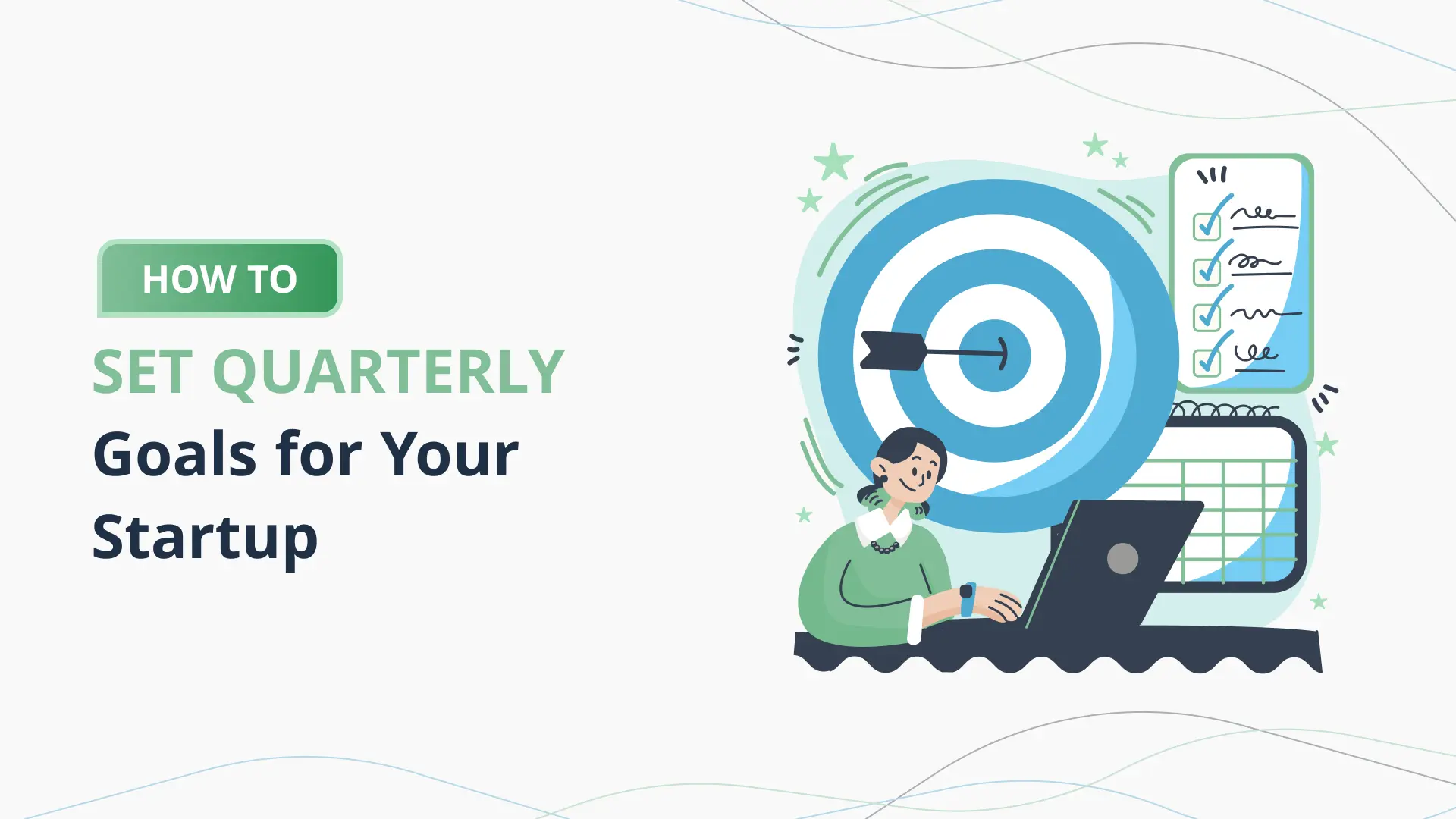Understanding Your Industry with PlanVista Reports
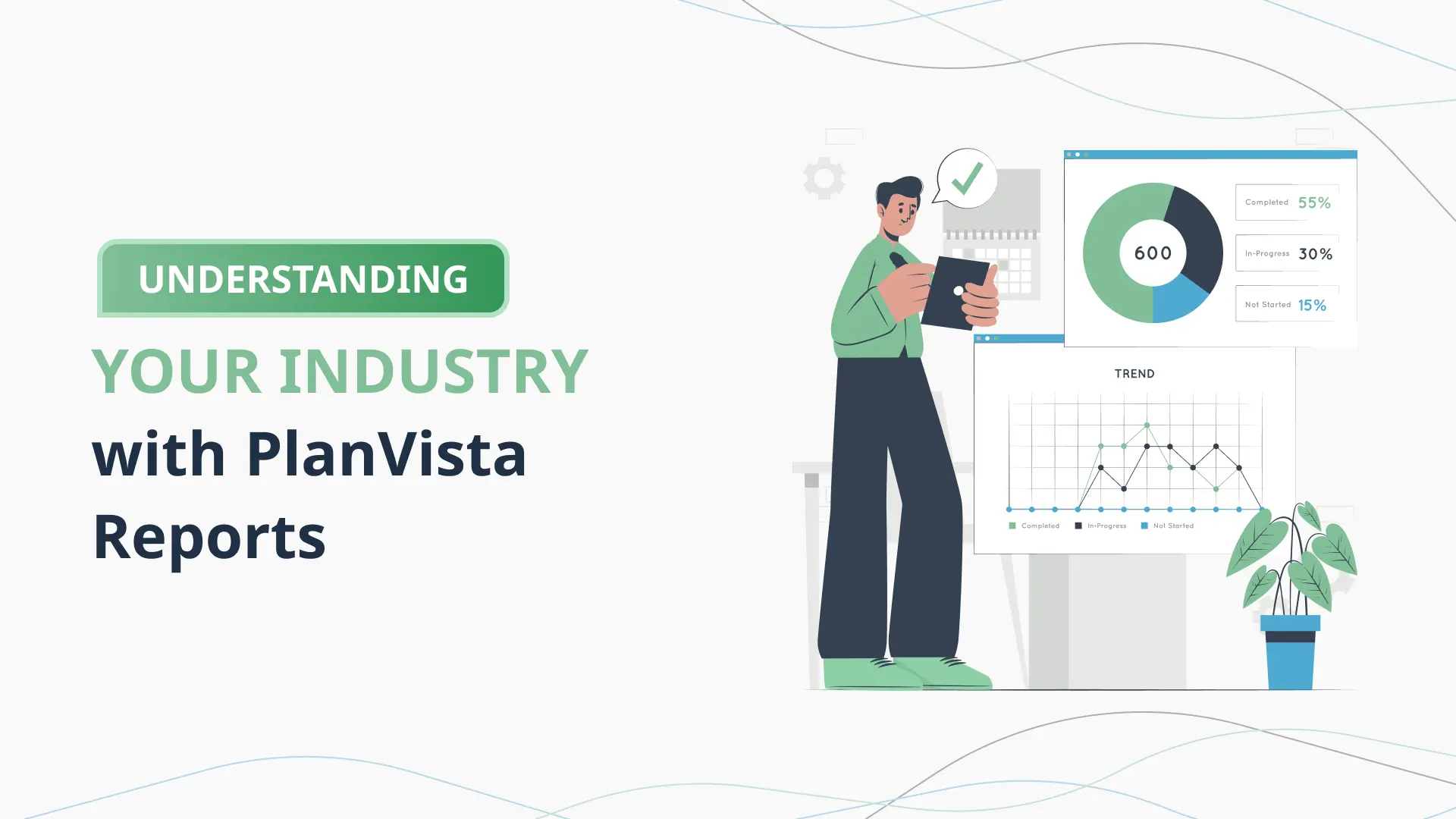
Introduction: The Power of Industry Insight
In today’s hyper-competitive and fast-evolving business landscape, understanding your industry isn’t just an advantage—it’s a necessity. Whether you’re launching a startup, steering a growing company, or scaling into new markets, having a thorough grasp of your industry dynamics can dictate the difference between thriving and merely surviving. From market trends and competitive benchmarks to emerging customer behaviors and regulatory shifts, industry knowledge shapes strategic decisions that drive growth and resilience.
But gathering this intelligence can be daunting. Traditionally, comprehensive industry analysis has been the realm of large enterprises with dedicated research teams and big budgets. Smaller businesses, solo entrepreneurs, and startups often find themselves navigating with partial insights or outdated information. The result? Missed opportunities, ineffective strategies, and higher risk exposure.
This is where AI business planning tools like PlanVista come into play. Designed to democratize access to high-quality market intelligence, PlanVista is a cutting-edge business plan generator that transforms complex data into clear, actionable insights. Whether you’re assessing a new market entry, refining your value proposition, or looking for investment, the PlanVista app equips you with up-to-date, tailored industry reports that make strategic planning faster, smarter, and more effective.
Imagine having a startup planning tool that not only generates detailed reports but also interprets the data for you—highlighting opportunities, forecasting trends, and providing context. That’s what PlanVista brings to your business table. It bridges the gap between raw data and strategic clarity, giving entrepreneurs and business leaders the confidence to make informed decisions backed by real-time insights.
In this blog post, we’ll take a deep dive into the why and how of industry analysis, uncover the common challenges that businesses face in conducting research, and show you how PlanVista addresses these pain points with its intelligent, user-friendly features. We’ll also explore real-world examples of businesses that have successfully used PlanVista reports to inform their strategies, and outline practical steps for integrating these tools into your own planning processes.
Whether you’re new to market research or looking to sharpen your strategic edge, this comprehensive guide will show you how to unlock the power of understanding your industry—starting today, with PlanVista.
The Importance of Industry Analysis
Industry analysis is the cornerstone of strategic business planning. At its core, it’s the process of understanding the external environment in which your business operates—an essential exercise whether you’re launching a startup, developing a new product, or seeking investment. Knowing your industry means knowing the playing field: who the key players are, what your customers want, where the market is headed, and how external forces might impact your success.
Why does this matter? Because every business, no matter how innovative or well-funded, operates within a larger ecosystem that influences its performance. An industry analysis sheds light on this ecosystem, revealing opportunities you might seize and risks you should avoid. It helps you answer critical questions: Is the market growing or contracting? Are customer needs shifting? Who are your competitors, and how are they positioning themselves?
Take, for example, a company planning to launch a new line of eco-friendly household products. Without a robust understanding of the green consumer goods industry—current market size, growth forecasts, regulatory trends, and key competitors—the business risks mispricing, poor timing, or targeting the wrong customer segments. On the other hand, armed with detailed industry insights, they can position their product effectively, differentiate it with the right features, and enter the market with a clear strategy.
This kind of strategic clarity is invaluable not only for internal decision-making but also for securing external funding. Investors and lenders want to see that you understand your market. A business plan backed by credible, data-driven industry insights signals competence and reduces perceived investment risk. It shows that your strategy isn’t just a guess—it’s grounded in reality.
Furthermore, industry analysis helps businesses remain agile. Markets are dynamic, and what works today might not work tomorrow. Regularly revisiting your industry data ensures you stay current with emerging trends—such as new technologies, shifting demographics, or evolving regulations—allowing you to pivot quickly when needed. This proactive approach is essential in today’s climate, where industries can transform overnight due to innovations or global events.
For growing businesses, industry insights also inform expansion decisions. Should you move into a new region? Launch a complementary product? Partner with another brand? These choices are easier to make when you understand market saturation levels, regional consumer behaviors, and sector-specific challenges.
In summary, industry analysis is not just a research activity—it’s a strategic imperative. It transforms assumptions into knowledge and hunches into decisions. With the help of modern AI-powered tools like the PlanVista app, even small businesses can conduct sophisticated market research with ease, leveling the playing field and enabling smarter, more confident planning.
In the next section, we’ll explore the common hurdles businesses face when conducting this kind of analysis—and why traditional research methods often fall short.
Challenges in Conducting Industry Research
While the benefits of industry analysis are undeniable, many businesses—especially startups and small enterprises—struggle to harness these insights effectively. The reasons are multifaceted, ranging from accessibility issues and data overload to time constraints and analytical complexity. Understanding these challenges is essential for appreciating the value of streamlined, AI-driven tools like the PlanVista app.
1. Access to Reliable and Affordable Data
One of the biggest barriers to effective industry analysis is access to reliable data. Comprehensive industry reports often come with hefty price tags, placing them out of reach for budget-conscious startups and small business owners. Free sources may lack depth, be outdated, or present fragmented insights, making it difficult to form a complete picture. This disparity in data access creates an uneven playing field, where only well-funded companies can afford top-tier research and data analytics.
2. Overwhelming Information Overload
Even when data is available, the volume of information can be paralyzing. Business owners may find themselves drowning in reports, surveys, articles, and datasets—all of which must be sifted through and synthesized. Without a clear methodology or expertise in market research, it’s easy to get lost in irrelevant details or miss out on critical insights. The result? Confusion, wasted time, and decision fatigue.
3. Lack of Analytical Expertise
Translating raw data into strategic action is another common hurdle. Interpreting industry statistics, identifying trends, and predicting future developments require analytical skills that many entrepreneurs simply don’t have—nor should they be expected to. Most founders wear multiple hats already, juggling product development, marketing, customer service, and finance. Adding complex market research to the mix can be overwhelming and inefficient.
4. Time Constraints
Time is a precious commodity in business, particularly for startups trying to move fast and break new ground. In-depth industry research is not only difficult—it’s also time-consuming. Between running operations and managing growth, most business owners simply don’t have the hours to dedicate to thorough market analysis. This often results in rushed, superficial research that misses critical nuances.
5. Rapidly Changing Markets
Industries today evolve at an unprecedented pace. Consumer behavior shifts, new technologies emerge, regulations change, and competitors adapt. A static, one-time industry analysis quickly becomes outdated. Staying ahead of these changes requires continuous monitoring and updates—something traditional research models aren’t built for.
6. Limited Data in Emerging or Niche Sectors
For businesses operating in emerging industries or niche markets, there’s often a scarcity of reliable data. These markets may not be well-documented in mainstream reports, leaving founders to rely on anecdotal evidence or assumptions. This gap makes it difficult to make data-driven decisions and justify strategies to investors or partners.
These challenges underscore why traditional methods of industry analysis often fall short for today’s agile businesses. Entrepreneurs need tools that are affordable, intuitive, and capable of delivering real-time insights without requiring them to become data scientists. That’s exactly where the AI business plan tool, PlanVista, steps in.
In the next section, we’ll explore how PlanVista revolutionizes industry research with its accessible, AI-powered reporting capabilities—empowering businesses to overcome these challenges and unlock strategic clarity.
Introducing PlanVista’s Industry Reports
Real-World Applications and Success Stories
The true measure of any tool lies in its impact—and PlanVista has proven its worth across industries, company sizes, and business stages. From scrappy startups to established businesses looking to pivot or expand, the PlanVista app has delivered clarity, confidence, and results through its AI-powered industry reports. Let’s explore how real businesses have turned insights into action using this powerful startup planning tool.
Case Study 1: Startup Gains Clarity on Market Entry
When a fintech startup was preparing to launch a mobile app for personal finance management, they faced a common dilemma: entering a crowded market filled with established players. The founders needed to identify a unique value proposition and understand their niche within the broader financial tech space.
Using PlanVista, they accessed a tailored industry report that highlighted under-served customer segments—particularly younger millennials burdened by student loans. The report identified growing interest in debt management tools and highlighted gaps in offerings among competitors. This allowed the team to reposition their app as a debt-first budgeting solution, target the right demographic, and craft messaging that resonated. The app gained over 20,000 users within the first six months post-launch.
Case Study 2: Retailer Pinpoints Expansion Opportunities
A boutique clothing retailer based in Austin, Texas, was looking to expand into a second location but wasn’t sure where to go next. Instead of guessing, they turned to PlanVista’s industry reports to evaluate potential markets.
The platform’s location-based insights provided data on foot traffic, local fashion trends, and competitive density across several cities. One emerging metro—Nashville—stood out. The reports also highlighted high search volume for sustainable fashion in the area, aligning with the retailer’s eco-friendly brand. Armed with this knowledge, they launched their new location in Nashville, achieving profitability within three months—twice as fast as their original store.
Case Study 3: Investor Uses PlanVista for Due Diligence
An angel investor considering a seed round in a health-tech company used PlanVista to validate the business’s market assumptions. The company claimed strong growth in the telemedicine industry, but the investor wanted to see third-party validation.
PlanVista’s industry report not only confirmed the upward trajectory of telemedicine but also provided a granular breakdown of trends in urban versus rural markets, reimbursement rate changes, and adoption rates by age group. This comprehensive, data-backed perspective gave the investor confidence to proceed—ultimately leading to a $500,000 investment.
Case Study 4: Consultant Enhances Client Strategy
A freelance business consultant who advises early-stage ventures began using PlanVista to provide higher-value services to clients. By integrating PlanVista’s real-time industry reports into strategy sessions, the consultant could offer deeper insights and help clients pivot based on real market trends. This not only improved outcomes for her clients but also allowed her to increase her rates and win more contracts.
Why These Stories Matter
These success stories underline the versatility and reliability of the PlanVista app. Whether it’s choosing a market, refining a product offering, validating assumptions, or guiding strategic shifts, PlanVista’s business plan generator empowers users with the data and context they need to move forward with confidence. Unlike traditional market research tools, PlanVista delivers fast, tailored, and easy-to-understand reports that meet the needs of modern entrepreneurs.
In the next section, we’ll dive deeper into how you can systematically use PlanVista in your strategic planning process, from goal-setting to execution.
Leveraging PlanVista for Strategic Planning
Strategy without insight is just guesswork. That’s why integrating intelligent tools like PlanVista into your strategic planning process is not just beneficial—it’s essential. Whether you’re crafting a go-to-market plan, preparing a pitch deck, or reevaluating your growth trajectory, PlanVista’s AI-driven reports serve as the foundation for smart, data-backed decision-making. Here’s how you can fully leverage the PlanVista app to enhance every stage of your planning journey.
Step 1: Define Clear Objectives
Before diving into data, clarify what you need to know. Are you entering a new market, launching a product, raising capital, or evaluating a pivot? Each objective may require different types of industry insights. PlanVista’s customization options let you tailor reports to specific goals, filtering out the noise and focusing on what truly matters to your business.
Step 2: Customize and Access Your Industry Report
Once your goals are clear, use the PlanVista business plan generator to select or build an industry report suited to your needs. Want insights into B2B SaaS trends? Need localized data for a specific metro area? Interested in tracking your competition or gauging market saturation? PlanVista allows you to fine-tune your focus, pulling in real-time data and presenting it in a clean, understandable format.
Reports can include:
- Market size and growth rate
- Emerging customer needs
- Competitor breakdowns
- Pricing trends
- Regulatory developments
- Demographic analysis
This detailed view helps you understand not just where the market is today, but where it’s heading.
Step 3: Analyze the Data Strategically
Use the visual summaries, trend graphs, and AI-generated insights in your report to uncover strategic takeaways. What are the untapped customer segments? Where is the competition weak? How are customer needs evolving? PlanVista’s clear infographics and commentary turn complex statistics into understandable action points.
A pro tip: Don’t just look at the numbers—ask “what does this mean for us?” Turn data into strategic questions, and then into decisions.
Step 4: Apply Insights to Your Planning Documents
PlanVista seamlessly integrates its insights into your broader planning documents. Whether you’re building a business plan, drafting a pitch for investors, or updating your marketing strategy, the platform allows you to plug in relevant sections directly. This saves time and ensures alignment between your data and your strategy.
You can use PlanVista to:
- Validate your market opportunity in pitch decks
- Justify pricing models with competitor data
- Show traction or growth trends to investors
- Align product features with market demand
Step 5: Iterate and Update Regularly
Markets change, and your strategy should too. One of PlanVista’s key strengths is its ability to refresh reports as new data becomes available. Rather than treat your strategy as static, use the PlanVista app to review and adjust quarterly—or whenever a significant market shift occurs.
The real-time update feature ensures that you’re never caught off guard. Whether a new competitor enters the market or customer preferences shift due to external events, you’ll be the first to know and the best prepared to act.
Step 6: Collaborate and Share
Finally, PlanVista makes collaboration easy. You can share reports with co-founders, stakeholders, or advisors in a format that’s easy to digest and discuss. This promotes transparency, alignment, and buy-in across your team—a vital aspect of successful strategy execution.
Conclusion: Empowering Smarter Strategy with PlanVista
In today’s dynamic and data-driven world, understanding your industry is not just an academic exercise—it’s a business imperative. The ability to decode market signals, anticipate trends, and align strategy with real-world conditions is what separates thriving businesses from those that struggle to adapt. Industry analysis, once the exclusive domain of enterprise-level firms and seasoned consultants, is now accessible to all thanks to technological advances like PlanVista.
What we’ve explored in this post is not just a set of features or case studies, but a paradigm shift. PlanVista redefines how businesses—especially startups and SMEs—approach strategic planning. No more hunting for outdated reports, wrestling with spreadsheets, or guessing based on gut instinct. Instead, you get precise, actionable insights delivered in real time, tailored to your business and accessible at your fingertips.
From identifying growth opportunities and refining value propositions to impressing investors with market intelligence, PlanVista’s AI business plan tool supports you every step of the way. It empowers you to move beyond static planning into a living, evolving strategic process that keeps pace with your market. Whether you’re validating a new idea, scaling operations, or responding to competitive pressure, PlanVista gives you the tools to plan with confidence.
Think of it this way: your competitors may be trying to feel their way through the fog, but with PlanVista, you’ve got headlights and a GPS. You’re not just reacting—you’re anticipating. You’re not just building a plan—you’re building a roadmap informed by data and driven by insight.
As the pace of change accelerates, the businesses that thrive will be those who plan smarter, faster, and more precisely. With PlanVista, you can be one of them.
Call to Action
Ready to transform the way you understand your market and plan your next move? Don’t just hope your strategy is right—know it is. Try the PlanVista app today and see how AI-powered industry reports can elevate your business planning. Whether you’re just getting started or scaling up, PlanVista is your strategic advantage.
Visit PlanVista now and start building your smarter, data-driven business plan.
FAQs
PlanVista covers a wide range of industries, from tech and retail to healthcare, green economy, and beyond. Its AI tailors each report to your business focus and strategic needs.
Reports are updated in real time as new data becomes available, ensuring you always have the most current and relevant information.
Absolutely! PlanVista is designed to be user-friendly and intuitive, making complex industry data understandable for users at all experience levels.
Yes. PlanVista’s insights can be directly integrated into pitch decks, providing credible data to support your market opportunity and growth strategy.
Getting started is easy. Visit PlanVista.app, sign up, and start exploring tailored industry reports to fuel your next strategic move.
